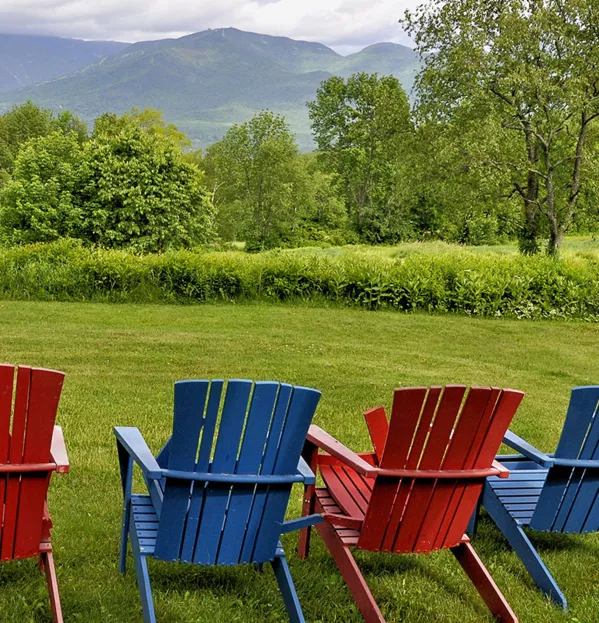- Home
- Teaching & Learning
- Primary
- How to create a trauma-informed classroom
How to create a trauma-informed classroom

When laying out your classroom, what are your considerations? Do you think about which area would be suitable for the book corner, which configuration of desks would work best, or where you want your own desk to be?
At our school, we want teachers to ask just one question: which layout will be the calmest?
This is because we want to be the first mainstream school in the UK to be fully trauma-informed.
In the past few years, our staff and students have experienced more loss than normal. Around 12 of our children, and seven of our staff, have lost a loved one. When the pandemic was at its worst, our parish priest delivered 33 funerals in 38 days.
Our children, and our staff, are still grieving, and it’s important we respond to this.
More on teaching and learning:
- Could a “recommended daily allowance” of the arts work?
- How self-determination theory can boost your teaching
- Why it’s time to drop cursive writing
By the end of next year, every single classroom and learning space will be “calm”, and will be specifically tailored to support pupils as they work through the trauma of the pandemic.
We unveiled our first Year 6 classroom at the end of the summer term, and everyone is looking forward to their classroom receiving the same transformation.
Here’s how we did it.
Designing trauma-informed classrooms
We will happily admit that we’re not the first school to think of this; we were inspired by a local school, Shevington Vale Primary School in Wigan, whose innovative and forward-thinking headteacher, Andy Houghton, had worked with a mental health service, TPC Therapy, to reimagine its Year 3 classrooms.
My Year 6 teacher went to see the calmer classroom at Shevington, and we were able to ask lots of practical questions and plan how best to use our space.
On our return to school, we knew that we needed to make sure the space was tailored to our pupils’ individual needs.
I had completed a lot of home visits to drop off learning resources during the lockdowns and so I knew that, while some of our children experience a lovely home environment, others don’t. We wanted to create a home-like, safe feel in our classrooms.
For our children who don’t ever experience sitting around the dining table, chatting, for example, we wanted them to have that experience in school.
For our autistic learners or those with certain other vulnerabilities, we know that busy classrooms can be areas of stress, so we wanted to use high stools facing out towards our beautiful garden and field.
For children with attention deficit disorder or attention deficit hyperactivity disorder who can be easily distracted, we wanted to offer individual desks that they can study at with no distractions.
And for our learners with complex needs, we wanted to have tactile elements in the form of soft furnishings to make the space more multi-sensory.
When it came to designing the space, we worked with Shahana Knight, from TPC Therapy, on the layout, but we thought it was important that the Year 6 children had a voice, so we consulted them on the plans and asked for their input.
As well as providing flexible seating, we also wanted to ensure that pupils had the choice in where they sat, who they sat next to, in each and every lesson.
We had a very limited budget, so it took a few months to raise the funds. We ordered the furniture from a range of suppliers including Etsy, Amazon, eBay, Facebook Marketplace and Ikea.
So far we have raised enough to refurbish three classrooms, relying on my work in other schools as a facilitator for the NPQs and as a Catholic schools inspector.
We are now trying to find additional funding streams and have a very active PTA, which is also helping us along the way.
To make sure that our old furniture doesn’t go to waste, we have plans to recycle it, and are working with Furniture for Education Worldwide (FEW), a Burnley charity that ships old classroom furniture to developing countries. We have a link school in The Gambia and all our furniture will be put to good use there. It is a great connection for the children as FEW send sus photos and videos of the school and we can follow its journey.
When children saw the new Year 6 classroom, they were so excited. One of our pupils said: “It’s like a dream!” The response has been excellent, from teachers, parents, governors, other educators, but especially our pupils.
We collected the children’s views before and after the makeover, and they were resoundingly positive about the changes. The classroom feels calmer and the atmosphere is purposeful.
We can’t wait for every classroom in the school to mirror this one.
Clare Campbell is the headteacher at St Charles RC Primary School
You need a Tes subscription to read this article
Subscribe now to read this article and get other subscriber-only content:
- Unlimited access to all Tes magazine content
- Exclusive subscriber-only stories
- Award-winning email newsletters
Already a subscriber? Log in
You need a subscription to read this article
Subscribe now to read this article and get other subscriber-only content, including:
- Unlimited access to all Tes magazine content
- Exclusive subscriber-only stories
- Award-winning email newsletters
topics in this article



